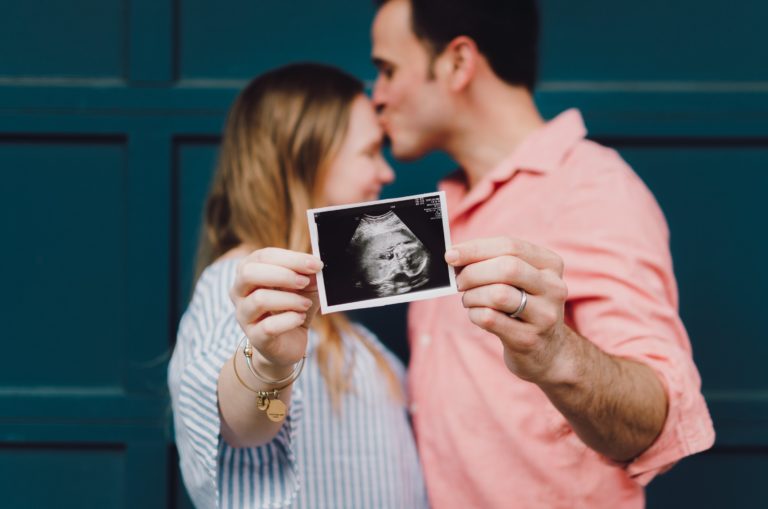
Cesarean Section (CS) is one of the most common life-saving surgical procedure that is performed when some complications developed during pregnancy and labour. Despite that, it is a major operation that is associated with complications that may have implications for future pregnancies and long-term health effects. Mode of delivery is considered a significant determinant for the early acquisition and development of gut microbiota in infants.
In a recent prospective study, Reyman et al (2019), assessed the effect of delivery mode on gut microbiota, independent of antibiotic administration to mothers. Additionally, the team investigated the role of delivery mode-induced gut microbiota changes on health. In this study, the routine antibiotic administration to the mothers was postponed until after the cord clamping.
The effect was assessed in 120 infants and their mothers. 74 infants were vaginally delivered (VD), and 46 caesarean section delivered (CS). The 120 children had at least 5 fecal samples available from ten timepoints (2 hours postpartum, 1 day, 1 week, 2 weeks and 1,2,4,6,9 and 12 months of age). Also, a detailed questionnaire on the health status of infants were collected at each timepoint of sample collection. Results showed that:
Keywords: Cesarean Section, Mode of delivery, Microbiota, Respiratory Infections, Bifidobacteria
Reference:
Reyman, M., van Houten, M.A., van Baarle, D. et al. Impact of delivery mode-associated gut microbiota dynamics on health in the first year of life. Nature Communications 10, 4997 (2019). Click here.


This website and the information it contains is not intended as a substitute for professional consultation with a qualified practitioner.
© MothersBabies Ltd. View our Terms of Use & Privacy Policy
Search MothersBabies
Looking for something in particular? Find it here using our search query function. Simply type in your keyword and click the icon.
Recent Articles
Join Us